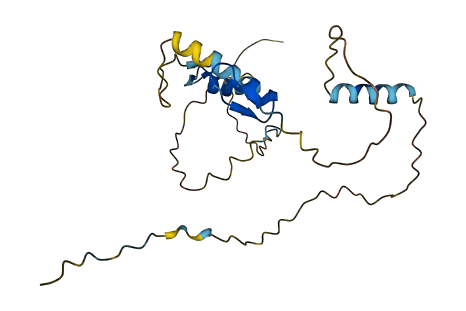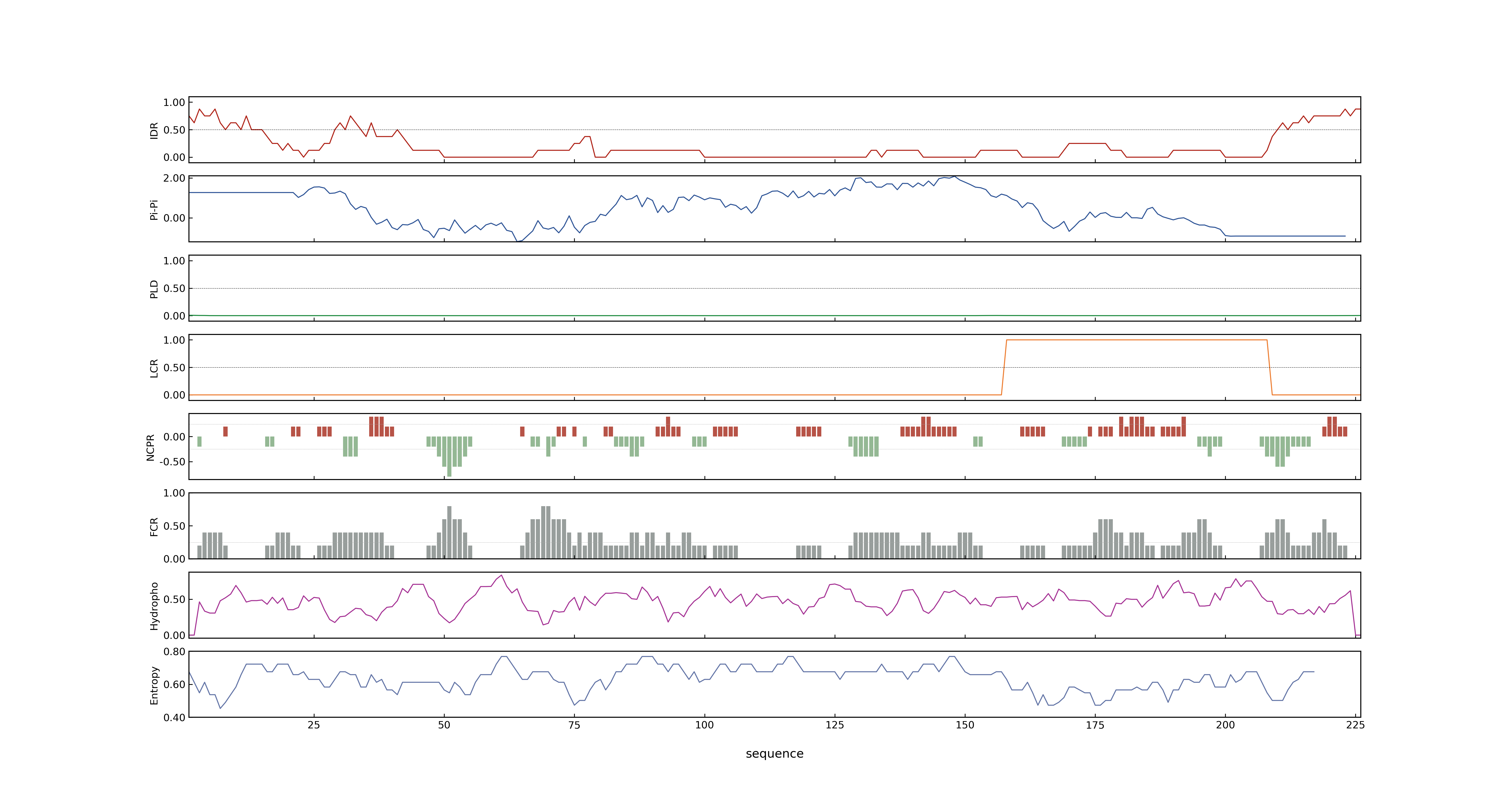- Information
- Symbol: ZFP245
- MSU: LOC_Os07g39970
- RAPdb: Os07g0588700
- PSP score
- LOC_Os07g39970.1: 0.0472
- PLAAC score
- LOC_Os07g39970.1: 0
- pLDDT score
- 65.02
- Protein Structure from AlphaFold and UniProt
- MolPhase score
- LOC_Os07g39970.1: 0.03610024
- MolPhase Result
- Publication
- Increased tolerance of rice to cold, drought and oxidative stresses mediated by the overexpression of a gene that encodes the zinc finger protein ZFP245, 2009, Biochem Biophys Res Commun.
- Identification of a rice zinc finger protein whose expression is transiently induced by drought, cold but not by salinity and abscisic acid, 2005, DNA Seq.
- Genbank accession number
- Key message
- Overproduction of ZFP245 enhanced the activities of reactive oxygen species-scavenging enzymes under stress conditions and increased the tolerance of rice seedlings to oxidative stress
- However, ZFP245 was not regulated by high salt or abscisic acid treatment
- The semi-quantitative-RT-PCR assay revealed ZFP245 was strongly induced after 6 h exposure to cold and drought stresses, and then reduced to the baseline
- Taken together, ZFP245, as the first identified C2H2-type zinc finger protein involved in stress response in monocots probably plays a role as a transcription regulator in plant cold and drought responses through an ABA-independent pathway
- A C2H2-type zinc finger protein gene ZFP245 was cloned by RT-PCR approach from cold treated rice seedlings
- Our data suggest that ZFP245 may contribute to the tolerance of rice plants to cold and drought stresses by regulating proline levels and reactive oxygen species-scavenging activities, and therefore may be useful for developing transgenic crops with enhanced tolerance to abiotic stress
- ZFP245 is a cold- and drought-responsive gene that encodes a zinc finger protein in rice
- Transgenic rice plants overexpressing ZFP245 were generated and found to display high tolerance to cold and drought stresses
- Increased tolerance of rice to cold, drought and oxidative stresses mediated by the overexpression of a gene that encodes the zinc finger protein ZFP245
- Tissue expression analysis showed that ZFP245 was constitutively expressed in various rice tissues including roots, stems, leaves and spikes
- Connection
Prev Next

